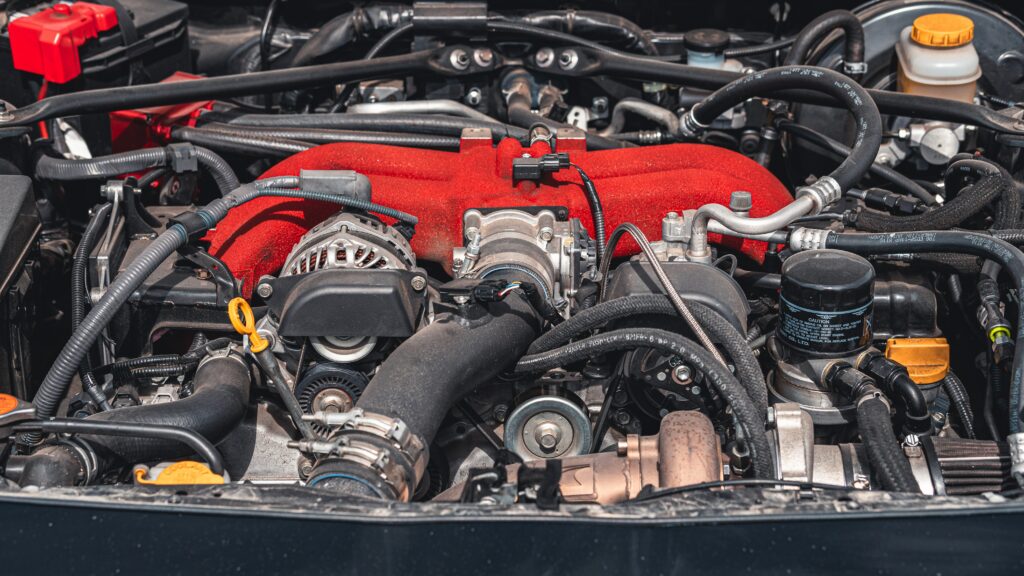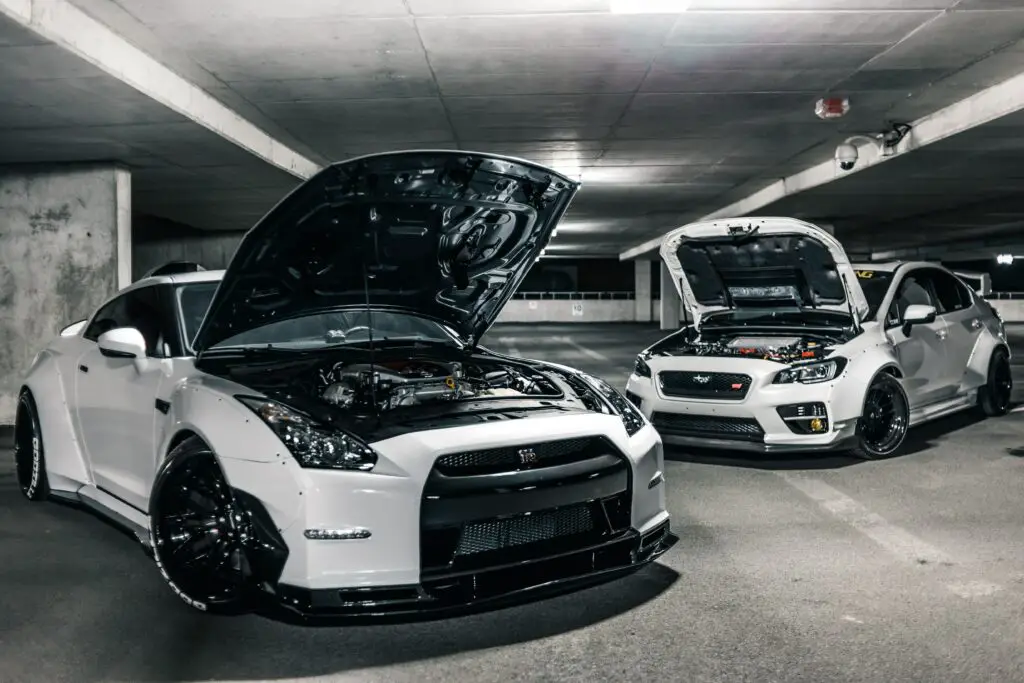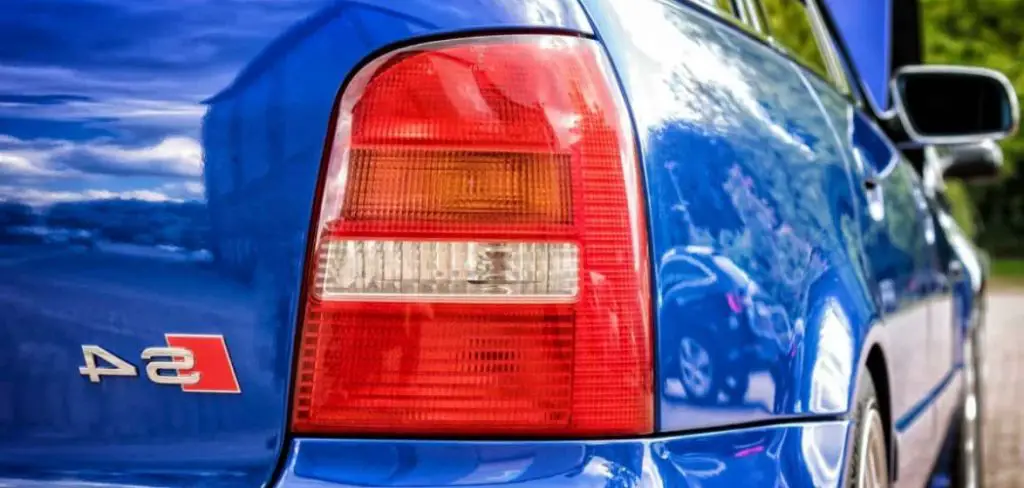So, you’re driving under the sun’s heat, your car is not tinted, which allows the UV rays to penetrate quickly, and you forgot to check the status of what’s happening under the hood. This causes your temperature difference to point nearer to “H.”
What should you do? Typically, it’s an eye-opener for you.
What just happened?
Well, technically, something not good is going to happen.
By right, cars require a checklist of preventive maintenance, which should be done to ensure maximum life and performance. This is the best way to avoid problems down the road.
Imagine experiencing a sudden sound in the engine, light on the cluster, unusual smell – something is wrong. One common problem that a car experiences is overheating.
So, how long does it take for a car to cool down if this happens? Not doing anything after a few minutes is essential if your vehicle/car overheats. We’ll have that tackled below.

How long does it take for a car to cool down?
There are several signs which enable you to know if your car overheats. As some examples, you might see the arrow of your temperature gauge pointing nearer to “H,” cluster light turned on (coolant). Then you might ask these questions, “What should I do? When to let the engine cool and other engine parts before adding coolant? How long does it take for a car to cool process to check the hot oil? What amount of time does it take for a car hood to stay warm?
These are all mind-bugging questions, and things may get worse on your overheated engine if you don’t respond well.
This may happen for the first time, second, or many times, and this may allow you to panic, but the best thing to do is to compose your mind and recall the basics when situations like these happen. Nothing beats a calm mind.
Moreover, learning the basics is essential, especially if you own a car for the first time. If ever this happens, wait to do anything yet. The first thing to do is to pull over to the side of the road and turn off your car’s engine immediately. Let your overheated engine parts cooling process for around 20-30 minutes.
If you are not confident handling the problem of your overheated car’s engine parts, you may call for rescue (roadside assistance), but whenever you can, open the car hood for heat to be released.
I repeat, only do something if your car has cooled down. After 30 minutes, you may switch the ignition key to ACC (KL75) and check if the temperature gauge is back to its normal state.
If yes, turn on the engine/crank and see if everything goes well. If there are no issues, you may start driving again, but make sure to observe the car’s behavior from time to time.
If your car doesn’t cooperate, it’s time to call roadside assistance. Calling roadside assistance means you’ll be rescued, and a mechanic will sometimes check your vehicle for the issues.
Why does my car overheat?
There are several reasons why your car overheats, but here are some of the reasons why:
- The cooling fan or system is not functioning accordingly; heat is not able to escape from the engine compartment
- There may be coolant leaks, which causes it not to circulate properly. And much more, it doesn’t matter what season – whether it’s summer time (because it’s hot outside) or winter time (coolant may freeze and could prevent circulation)
- The vehicle’s thermostat should function well to regulate the amount of coolant flowing through the engine. If not, then this would cause overheat
- Oil change preventive maintenance is not correctly observed. Running low on engine oil or not changing it after running another 5,000 miles corresponds to difficulty removing heat from the engine block.
- Something is wrong with your radiator cooling fan or cooling system. Since there is a need to have enough excellent airflow, air temperature, and air circulation, malfunctioning radiator fans could cause overheating in the car.
If you are a new car owner and of course the car is new, it may be too soon for your engine block to overheat.
Should the problem persist even after adding more coolant, you may have an issue with your thermostat or radiator hose. However, once the thermostat is stuck open, it can’t regulate how much coolant flows through your car engine, so it will continue to run hot.
If your vehicle continues to run hot while driving, and then cools down when stopped at a red light or stop sign, then you may have radiator hose issues. These hoses can deteriorate from being exposed to heat over time and lose their ability to transfer heat from the engine block back into the car engine compartment.
The radiator cap is designed to open at a specific pressure rating, which is usually around 15-20psi. This helps to prevent the radiator from overheating and causing damage to the engine.
How do you know exactly what’s causing your car to overheat?
We can take all the guesses we want, but taking this matter to the right experts allows the problem’s root cause to be checked and fixed. Dealerships and service providers, or even bringing this up to your trusted automotive mechanic, help you solve the problem.
Also, car warranties and insurances are available, and there’s no need to worry about it. Taking the time to solve this issue is the best thing to do, rather than hurrying up and making things worse.
A faulty radiator cap can cause a number of problems, including overheating, leaks, and even engine failure. If you notice your radiator cap is damaged or malfunctioning, it is important to replace it as soon as possible.
Preparation for the worse is still a good thing. For example, you may store bottles of water and coolant in your trunk if something happens, especially if your car has already exhibited issues. But regardless of having a brand new car or not, store these items just in case.
Can bad fuel filter affect your overheated engine?
A bad fuel filter can cause overheating in some cases. If the fuel filter becomes clogged, it can restrict fuel flow to the engine.
How long do you have to wait to check on the coolant?
If your car’s engine is overheating, one of the first things to check is the coolant. If you need to check it, don’t want too long!
Why?
The longer you wait, the more damage can be done to your vehicle overheating. If you’re unsure how long you have to wait after adding coolant, it’s better to check sooner rather than later.
You should check your coolant and coolant hose every month or at least once a year. The coolant should be checked when the engine is cold and before you start it up. If you don’t have a dipstick to check the level of your coolant, then you can use an overflow bottle as a substitute.
What makes the coolant so important?

It would be best if you made sure that there is enough coolant in your system. Suppose you don’t have enough coolant in your car. In that case, the ambient temperature of your vehicle overheating will rise above normal operating ambient temperature which could lead to problems like engine overheating or engine failure.
You can also check for leaks by looking under the car for wet spots on the ground or on the driveway, where it sits overnight after driving around during the day.
Conclusion
It’s quite a challenge having these kinds of problems with your car, especially overheating. However, this is sometimes unavoidable. We may look at it because of some warranty issue or lack of preventive maintenance.
But the main goal here is to fix your car. Checking it thoroughly will surely reveal the root cause of the problem. A proper approach to fixing it is the best thing to do. So how long does it take for a car to cool down? 30 minutes.
However, if you can still wait 45 minutes to 1 hour, then the better. This is still a case-to-case basis because if you are currently driving and you need to pull over, the former is enough waiting time to check your car.
We have discussed these “how to approaches,” but nothing beats preventive maintenance. Regular monitoring and checkups help car owners avoid headaches. This is still the best thing to do.
In Summary
It can take anywhere from 20-30 minutes for a car to cool down after overheating. It is important to turn off the engine and let it cool before attempting to add coolant or check the oil.
If the issue persists, it may be caused by a malfunctioning cooling system, coolant leaks, a faulty thermostat, low engine oil, a malfunctioning radiator fan, or a problem with the thermostat or radiator hose.
If the car continues to overheat or you are not confident in addressing the issue, it is recommended to call for roadside assistance or have a mechanic check the vehicle.
